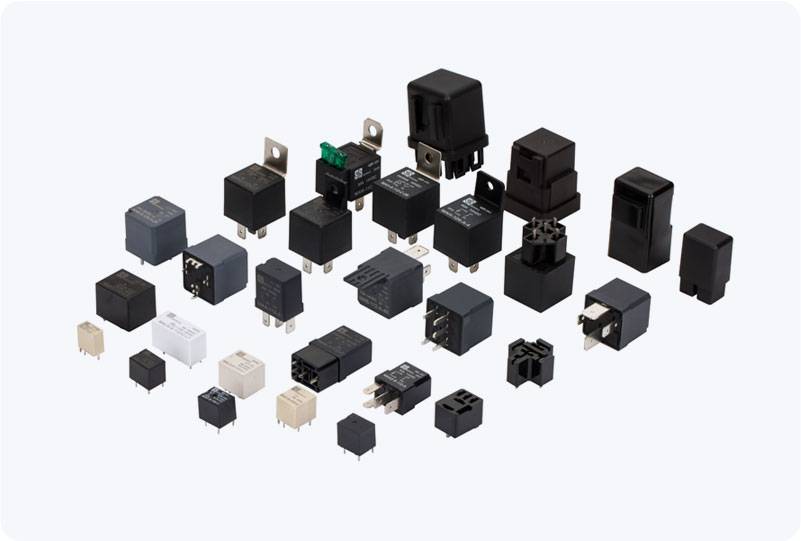automotive relay coil specifications: a detailed overview
Release time:2025-05-19 04:55:03
Automotive relays are essential components in modern vehicles, playing a crucial role in controlling various electrical systems such as lighting, ignition, and power windows. One of the most important parts of a relay is the coil, which is responsible for activating the relay switch. Understanding Automotive relay coil specifications is vital for selecting the correct relay for a particular application, ensuring proper function and durability. This article will delve into the key specifications of Automotive relay coils, exploring their construction, electrical properties, and factors influencing their performance.

1. What is an Automotive Relay Coil?
An automotive relay coil is an electromagnetic component that, when energized by an electric current, generates a magnetic field. This magnetic field is used to pull a switch mechanism, either closing or opening electrical contacts in the relay. Relays are typically used to control high-power circuits with a low-power signal, making them indispensable for controlling various systems within the vehicle.
2. Coil Resistance
One of the most critical specifications of an automotive relay coil is its resistance. Coil resistance refers to the opposition the coil provides to the flow of current when a voltage is applied. This resistance depends on the coil's material, wire gauge, and number of turns. Automotive relay coils are typically designed with a resistance ranging from 50 ohms to several hundred ohms.

